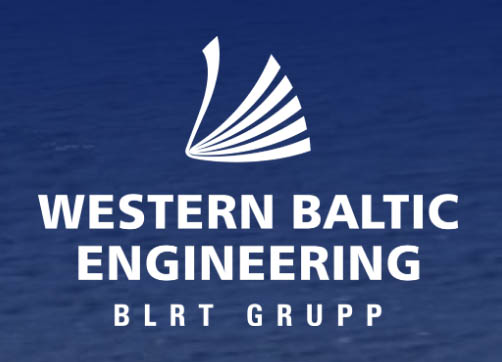Lithuanian ship designer Western Baltic Engineering (WBE) is unveiling new designs for what it believes is the first ever electric pusher vessel for use on Europe’s inland waterways called the Electric Eel.
In an announcement, WBE said the first electric pusher is due to be built next year for the Lithuanian Inland Waterways Authority, a public body operating under Lithuanian Government Ministry of Transport and Communications.
“We are so excited to unveil this electric pusher design,” WBE’s Head of Sales & Marketing, Eglė Mikalauskienė, said. “The Electric Eel has huge potential to help cut carbon emissions on inland waterways across Europe and worldwide.”
Mikalauskienė said the idea came after WBE was approached by the Lithuanian Maritime Cluster to see if it could help the Lithuanian Inland Waterways authority create an eco-efficient pusher.
“It is brilliant to be supporting this bold vision and work on a sustainable clean fuel solution right here on our own doorstep,” Mikalauskienė added. “As a measure of the impact, the authority estimates the pusher can help remove 10,000 trucks a year from Lithuania’s roads.”
Mikalauskienė said road freight presently accounts for 75% of EU inland freight while inland waterway transport (IWT) accounts for just 6%.
“The market is huge,” she remarked. “The beauty of our design is also in its ease of use, it can be bought and then built at a local shipyard near the customer or we can built it in Lithuania.”
Mikalauskienė said the pusher design is pending class Approval in Principle with Bureau Veritas and can operate at a range of 300km before needing to halt. The 26m long vessel is to be powered by three electric batteries with a combined weight of 74 tons: two held in TEU containers on deck which can be replaced via crane at harbor, and one permanent battery below deck which can be charged at quayside.
The vessel would have a pushing capacity of 2,000 tons and a top speed of 22Km/h downstream at 85% engine load. The electric batteries create an engine power of 500 HP/400 KW compared to a diesel equivalent which has 1,000 HP/800 KW.

